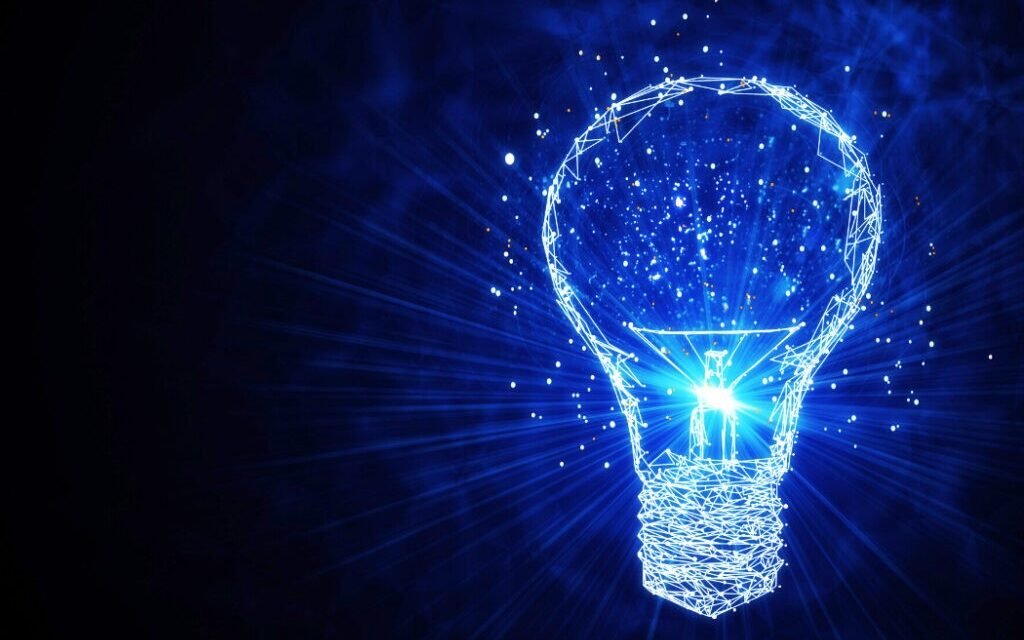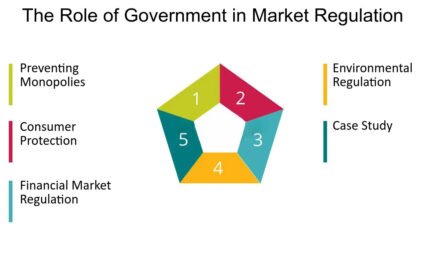The future of lighting systems is shaped by advancements in technology, energy efficiency, sustainability, and the growing trend toward smart and connected environments. Here are some key trends that are expected to dominate the lighting industry in the coming years:
1. Smart Lighting Systems
- Trend: Smart lighting is rapidly becoming a mainstream trend, where lighting systems are integrated with IoT (Internet of Things) technology. These systems can be controlled via mobile apps, voice assistants (like Amazon Alexa, Google Assistant), or even automated based on motion, time of day, or occupancy.
- Impact: Smart lighting systems provide energy efficiency through features like dimming, motion sensing, and adaptive brightness. These systems also allow for personalized lighting experiences, enhancing comfort and convenience in homes and businesses.
- Example: Philips Hue, LIFX, and other smart bulb systems allow users to control lighting remotely, create schedules, and customize lighting colors.
2. Human-Centric Lighting (HCL)
- Trend: Human-centric lighting focuses on the well-being of individuals by adjusting lighting to support natural circadian rhythms. This involves tuning the light’s color temperature and intensity throughout the day, mimicking the natural progression of daylight.
- Impact: HCL can improve productivity, mood, and overall health by using the right light at the right time. This is especially relevant in workplaces, healthcare facilities, and educational institutions where lighting can have a significant impact on mental health and performance.
- Example: Tunable white LED lighting, which can be adjusted from warm to cool tones, is used to create more natural lighting environments that promote better sleep, focus, and well-being.
3. Li-Fi (Light Fidelity) Technology
- Trend: Li-Fi is a wireless communication technology that uses visible light instead of radio waves to transmit data. This emerging technology could revolutionize how we connect to the internet and access data, providing faster and more secure wireless communication.
- Impact: Li-Fi systems could supplement or replace Wi-Fi in certain environments, providing high-speed internet access while also offering lighting solutions. This could reduce the burden on existing wireless networks and enhance data security.
- Example: Researchers are exploring the use of LED lights to transmit data, turning any LED-equipped light fixture into a potential data transmitter.
4. Energy-Efficient Lighting Solutions
- Trend: The demand for energy-efficient lighting solutions will continue to grow, driven by the global push for sustainability and the need to reduce energy consumption. LED lighting will remain the dominant technology, but innovations in energy efficiency will continue to evolve.
- Impact: The next generation of energy-efficient lighting will be even more efficient, reducing energy usage and further contributing to sustainability goals. New lighting technologies, such as OLEDs (Organic Light Emitting Diodes), promise to deliver more flexible, thinner, and even more energy-efficient lighting options.
- Example: OLED lighting, with its ability to produce light from flexible, ultra-thin panels, is being explored for use in both decorative and functional lighting.
5. Integration with Building Automation Systems
- Trend: Lighting systems will increasingly be integrated with building automation systems (BAS) to optimize energy use, improve building performance, and enhance occupant comfort. This integration allows lighting to work in sync with HVAC systems, security systems, and other building management functions.
- Impact: Building owners can manage and monitor lighting systems more effectively, automate energy-saving behaviors, and ensure that lighting is only used when needed, contributing to overall energy savings and building sustainability.
- Example: In commercial buildings, lighting can be controlled in conjunction with HVAC systems to adjust temperature and lighting based on occupancy or time of day, ensuring maximum energy savings.
6. Solar-Powered Lighting
- Trend: Solar-powered lighting systems are gaining traction, particularly in outdoor and remote installations. These systems harness solar energy to power LED lights, reducing reliance on the grid and minimizing energy costs.
- Impact: Solar lighting provides an environmentally friendly, cost-effective solution for outdoor lighting, street lighting, and even residential lighting. It also contributes to energy independence and supports sustainability goals.
- Example: Solar-powered garden lights, streetlights, and even solar-powered indoor lights are becoming more prevalent in areas with abundant sunlight.
7. Adaptive Lighting for Smart Cities
- Trend: As cities evolve into smart cities, adaptive lighting systems will become more common. These systems use sensors and data to adjust street and public area lighting based on real-time conditions, such as traffic flow, weather, and pedestrian movement.
- Impact: Adaptive lighting enhances public safety, reduces energy consumption, and improves the overall urban experience. By adjusting the brightness and even the color of lights, these systems can create safer, more comfortable environments while optimizing energy use.
- Example: Streetlights with motion sensors that dim or brighten based on pedestrian or vehicle presence are becoming increasingly popular in smart city infrastructure.
8. Light Pollution Reduction
- Trend: The growing awareness of light pollution and its impact on human health and the environment is driving innovation in lighting systems that minimize unnecessary light emissions.
- Impact: New technologies are being developed to create more efficient, directional lighting that reduces light spill into the environment and preserves the night sky.
- Example: “Dark Sky” compliant lighting systems are being adopted in outdoor environments to minimize light pollution and protect wildlife habitats, especially in areas near observatories or sensitive ecosystems.
9. Customized and Aesthetic Lighting
- Trend: Lighting design will increasingly focus on aesthetics and personalization, with customizable lighting solutions that adapt to users’ preferences. This trend involves not only adjustable color temperatures but also tunable colors, light intensity, and even patterns.
- Impact: Customized lighting enhances interior design, improves ambiance, and provides functional lighting for specific activities or moods. It enables users to create their ideal lighting environment.
- Example: RGB LED strips, color-changing smart bulbs, and app-controlled lighting systems allow users to design and modify lighting atmospheres to suit their needs and desires.
10. Sustainability and Circular Economy
- Trend: The lighting industry is increasingly embracing sustainability and the circular economy model. This includes the use of recyclable materials, energy-efficient production processes, and designs that prioritize the ease of disassembly and recycling at the end of life.
- Impact: This shift supports the reduction of electronic waste (e-waste) and encourages the reuse of materials, which contributes to a more sustainable and eco-friendly lighting industry.
- Example: Manufacturers are moving toward using recycled plastics and metal components in lighting products, and encouraging consumers to recycle their old bulbs and fixtures.
Conclusion:
The future of lighting systems is heading toward smarter, more sustainable, and energy-efficient solutions. Technologies such as smart lighting, energy-efficient LEDs, integration with IoT, and advancements in renewable energy sources like solar power are transforming the way we use and interact with lighting. The focus will continue to shift toward enhancing user experience, reducing environmental impact, and optimizing energy consumption, making lighting systems more responsive to both individual and societal needs.
Hashtags
#SmartLighting #ConnectedLighting #IoTLighting #SmartHomeLighting #LightingAutomation #WirelessLightingControl #IntelligentLightingSystems #SmartLightingTechnology #LightingThatAdapts #FutureOfLighting #EnergyEfficientLighting #SustainableLighting #GreenLightingSolutions #EcoFriendlyLighting #LowEnergyLighting #CarbonNeutralLighting #LightingForSustainability #EnergySavingLighting #SustainableLightingDesign #ZeroEnergyLighting #LEDLightingInnovation #OLEDLighting #NextGenLEDs #OLEDTechnologyInLighting #EnergyEfficientLEDs #LEDLightingRevolution #OLEDLightingSolutions #LEDsInSmartLighting #LEDTechnologyTrends #OLEDLightingFuture














